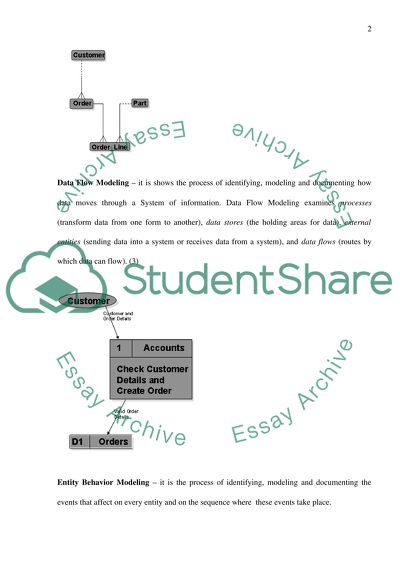Cite this document
(“Structured Systems Analysis and Design Method Essay”, n.d.)
Structured Systems Analysis and Design Method Essay. Retrieved from https://studentshare.org/technology/1499301-structured-systems-analysis-and-design-method
Structured Systems Analysis and Design Method Essay. Retrieved from https://studentshare.org/technology/1499301-structured-systems-analysis-and-design-method
(Structured Systems Analysis and Design Method Essay)
Structured Systems Analysis and Design Method Essay. https://studentshare.org/technology/1499301-structured-systems-analysis-and-design-method.
Structured Systems Analysis and Design Method Essay. https://studentshare.org/technology/1499301-structured-systems-analysis-and-design-method.
“Structured Systems Analysis and Design Method Essay”, n.d. https://studentshare.org/technology/1499301-structured-systems-analysis-and-design-method.


